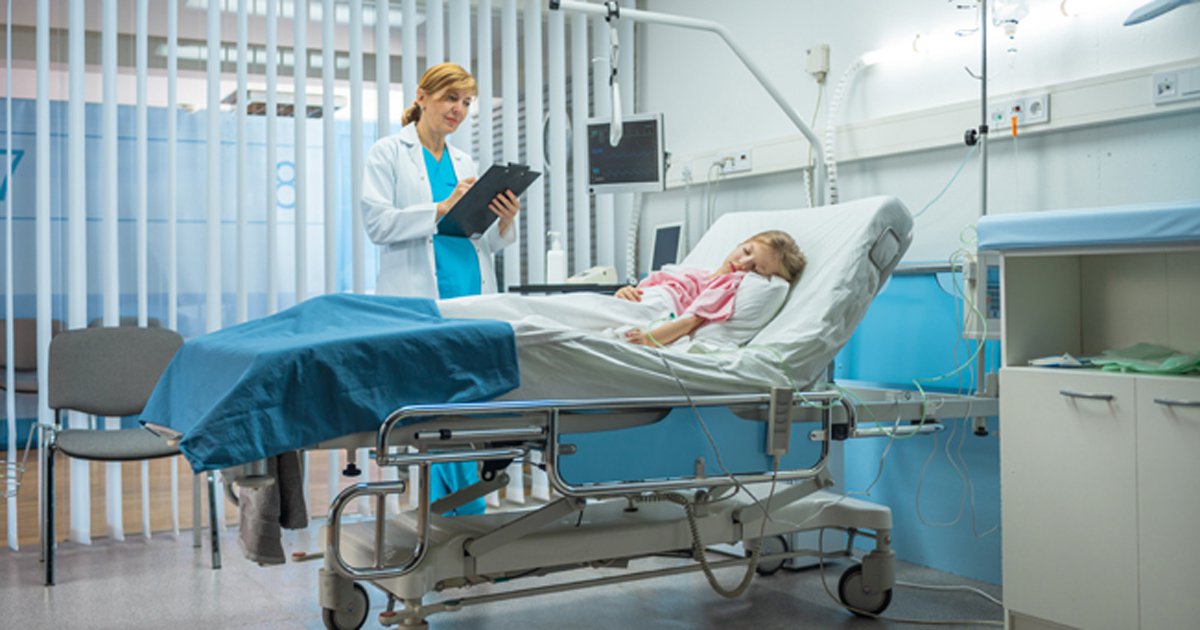Nurse response rate to monitor alarms low in hospital pediatric units
In a general hospital pediatric unit, nurses did not respond to 67% of physiologic monitor alarms, frequently finding no further assessment or clinical intervention necessary, according to a study published in the Journal of Hospital Medicine.
“Recent studies conducted in children’s hospitals have identified alarm rates of up to 152 alarms per patient per day outside of the intensive care unit, with as few as 1% being considered clinically important,” Amanda C. Schondelmeyer, MD, MSc, of Cincinnati Children’s Hospital Medical Center and the University of Cincinnati College of Medicine, and colleagues wrote. “Excessive alarms have been linked to alarm fatigue, when providers become desensitized to and may miss alarms indicating impending patient deterioration. ... An enhanced understanding of why nurses respond to alarms in daily practice will inform intervention development and improvement work. In the long term, this information could help improve systems for monitoring pediatric inpatients that are less prone to issues with alarm fatigue.”
To assess responses to alarms, researchers observed nine nurses working at a large children’s hospital (more than 650 beds and 19,000 annual admissions) for 61.3 hours. In total, researchers documented 207 responses to alarms, with the nurse located outside the patient room during 45 of the alarms and inside the room during 162 of the alarms.
After documenting their observations, researchers collected data on alarm frequency and type from bedside monitors.
For the alarms when the nurse was outside the room, researchers found that a nurse went in the room to assess in 33.3% of cases, stating that the alarm did not warrant an assessment 66.7% of the time.

When the nurse did enter the room, 66.7% of cases were deemed not worthy of further assessment.
When the nurse was located inside the room at the time of the alarm, they stated the alarm did not warrant assessment in 87.7% of cases.
The most common reasons given for no further assessment included the child was active, the patient had a high number of false alarms or the nurse was not concerned because the patient was recently assessed or had a medical team or parent in the room.
Researchers also found that, of total alarm-responses observed, the nurse deemed clinical intervention necessary in 7% of cases.
“Our findings suggest that a multifaceted approach will be necessary to improve alarm response rates,” the researchers wrote. “These interventions should include adjusting parameters such that alarms are highly likely to indicate a need for intervention coupled with educational interventions addressing clinician knowledge of the alarm system and bias about the actionability of alarms may improve response rates. Changes in the monitoring system setup such that nurses can easily be notified when alarms occur may also be indicated, in addition to formally engaging patients and families around response to alarms. Although secondary notification systems (eg, alarms transmitted to individual clinician’s devices) are one solution, the utilization of these systems needs to be balanced with the risks of contributing to existing alarm fatigue and the need to appropriately tailor monitoring thresholds and strategies to patients.” – by Melissa J. Webb
Disclosures: The authors report no relevant financial disclosures.
